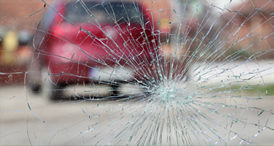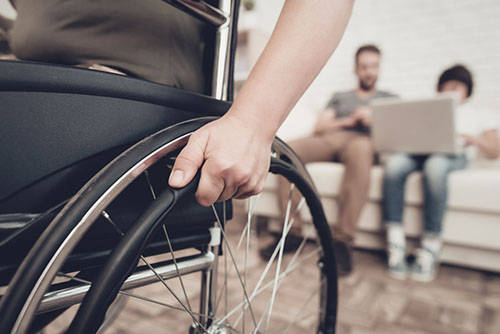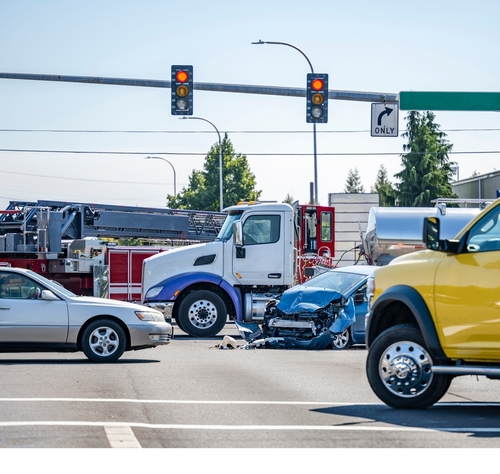Indiana pedestrian accidents happen quite frequently and often cause harsh injuries and even death. Pedestrians have nothing to protect them, and no matter how careful they are, they are not superhumans to avoid a vehicle that is moving with high speed. Personal injury law gives victims the right to file a lawsuit against the responsible party and seek compensation for their injuries and damages.
But, are drivers always liable for pedestrian injuries? And how is fault determined in such cases?
Drivers have a responsibility to drive safely and respect the traffic laws (including pedestrian and bicycle laws). Unfortunately, every day a pedestrian or a cyclist loses their life or suffer harsh injuries in such accidents.
In most cases, drivers fail to notice the pedestrian on the road. The reasons can be many – phone distractions, radio, alcohol, or even because the pedestrian failed to cross away from the crosswalk.
Proof of Negligence
There has to be proof that the pedestrian was moving properly on the road and that the driver was not speeding or driving negligently.
A pedestrian can get their claim if they are able to show that the other party (the driver) caused the accident (driver failed to yield at the right turn, did not look the surroundings, run a red light, etc.).
However, negligence is not always something that drivers do. Pedestrians, too, can be held responsible for causing an accident. Often pedestrians don’t follow the rules of the road. For example, they cross a busy street away from the crosswalk and put themselves and others at risk.
When a pedestrian’s negligence leads to a crash, then an experienced lawyer should investigate the case and determine whether the injured pedestrian still has the right to seek compensation for their injuries.
The state of Indiana uses modified comparative negligence. It means that if your liability is less than 51%, you can still collect damages from the driver (who carries a higher percentage of liability). This means if you were negligent as a pedestrian and crossed the road outside the crosswalk, but the driver was driving fast or was under the influence, you have the right to file a compensation claim.
When pedestrian victims and another at-fault party are both at fault, then the victims will be able to collect compensation that is reduced by their percentage of fault. Let’s say a pedestrian victim has $50,000 in damages, and his fault is 20%. The other party’s fault is 80%. Then the pedestrian will collect $40 000.
Damages That are the Result of Indiana Pedestrian Accidents
In Indiana pedestrian accidents, chances are the injuries will not be easy. A pedestrian has no protection and is directly hit by the metal parts of the vehicle. Also, the pedestrian gets in direct contact with the ground and end up with broken bones, back injuries, traumatic brain injuries, abrasions, soft tissue injuries, and so on.
These injuries require time for healing, and there will be a lot of medical expenses.
Besides that, the injured pedestrian will have to stay at home or in the hospital to heal, which means they will lose their wages.
The compensation claim will cover their physical injuries, medical fees, lost salary, pain and suffering, loss of consortium, loss of enjoyment of life, permanent disfigurement, scarring, and permanent disabilities.
Also, doctors should determine if the injuries will affect their future (loss of earnings, future medical costs).
Some Important Indiana Pedestrian Laws:
- If a vehicle has stopped at a marked crosswalk to yield to a pedestrian, then another vehicle cannot pass the stopped vehicle.
- All pedestrians must follow traffic control devices.
- If a pedestrian is not crossing at a marked crosswalk, then he or she must yield to traffic.
- When there are no sidewalks available, pedestrians are allowed to walk on the shoulder of the road. They should walk as far as possible from the edge of the road.
- Motorists must always yield to blind pedestrians.
- Pedestrians are not allowed to leave a curb or enter onto a crosswalk when they are entering into the path of a moving vehicle that is close enough to them to constitute an immediate hazard.
If you or your loved one were injured in a pedestrian accident, it is time to get legal help for your case. Call our office today and let our team help go through the process of getting your deserved compensation claim.




